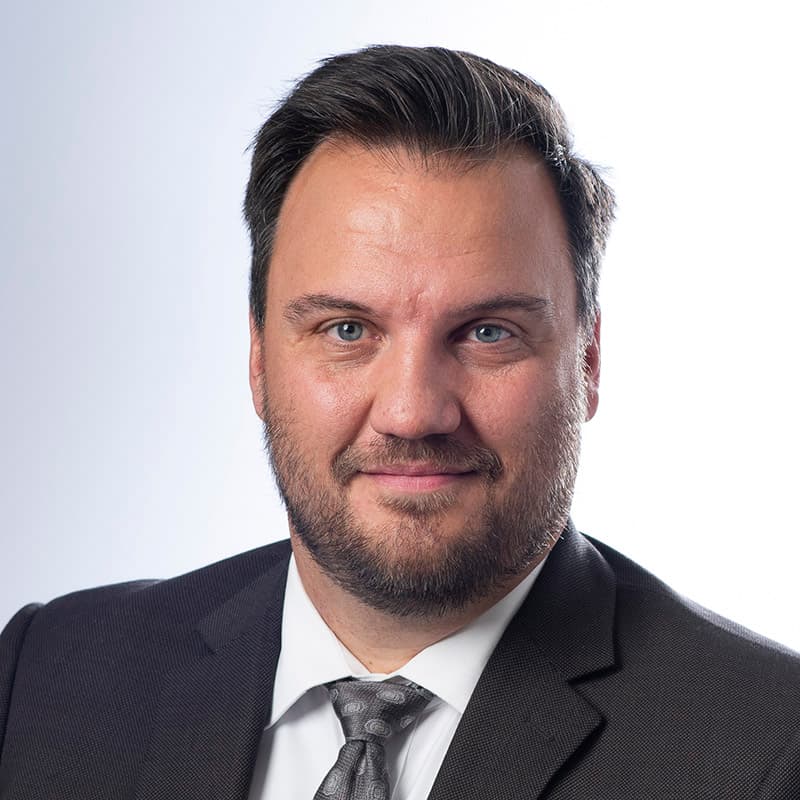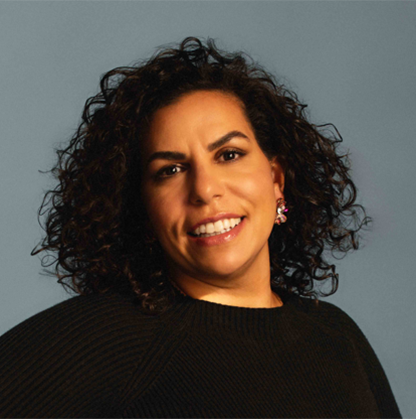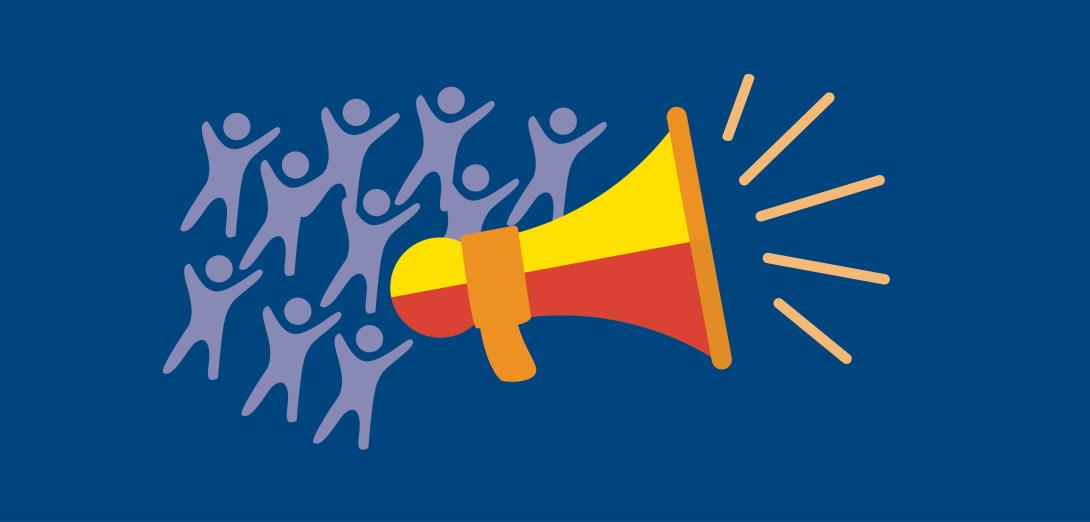There are no doubts about the number of significant challenges facing public education and teachers in Alberta.
We, at the ATA, have remarked regularly about the dismal state of funding and its impacts on classrooms. There is no need to tell teachers about how large class sizes have become and how complex the needs and demands of those classrooms are. Teachers know this first-hand.
To put it plainly, we have the lowest funded public education system and the largest and most complex classrooms in the country.
At the same time as these critical issues go unaddressed, schools are increasingly under attack as part of an agenda to undermine confidence in public education by spreading misinformation and stoking fear.
Recently, a group dominated by home schoolers and private school interests has found a lot of success in organizing around these issues. Take Back Alberta recently completed a takeover of the UCP board of directors and swept through a rash of policy positions at the UCP AGM.
Now that group has its sights set on taking over school boards in the 2025 elections.
Despite these concerns, I want you to know that there is some hope.
The ATA, as reported in the Oct. 31 issue of the ATA News, conducted public opinion research that shows the general public is on our side.
Albertans view class size, curriculum and funding as top issues in education. They believe (68 per cent of poll respondents) that Alberta is not spending enough on public education. They believe (72 per cent) that class sizes are too big, and they are five times more likely to say that teachers are paid too little compared to saying that teachers are paid too much.
We have significant challenges in the not-so-distant future. We must address class size and class complexity. We must tackle the teacher recruitment and retention issues that are increasingly becoming a crisis. We will enter into central table bargaining shortly, and the school board elections are quickly approaching.
So, what needs to happen for us to be prepared to face these challenges? We need teachers to be engaged, well informed and ready to take a stand for public education. In order to get there, the ATA — through its various leaders at all levels — needs to get out and talk with teachers.
This work is what we refer to as organizing. Organizing is a way of working to bring people together to achieve common goals. It involves bringing people together in sufficient numbers and with enough coherence to have the power to make things happen. And it starts with face-to-face conversations.
Starting in the new year, ATA locals will begin holding face-to-face meetings in schools across the province to talk about issues important to us. In some cases, the conversation will focus on the bargaining process and talking about why collective bargaining is important and what the role of individual teachers is in supporting the work of bargaining. In other cases, the conversation will focus on key issues like education funding and class size and complexity.
As these conversations proceed, we hope to progress from a state of member understanding to a state of member engagement and mobilization, a state where members turn out in strong numbers to vote on contracts and take the actions necessary to win on issues.
Keep your eye out for more information from your ATA local on these upcoming meetings and do your best to attend when they come to your school.
Success with these efforts is not just important, it is essential. And success is possible when our members are engaged and mobilized.
I welcome your comments. Contact me at jonathan.teghtmeyer@ata.ab.ca

ATA News, Editor-in-Chief


